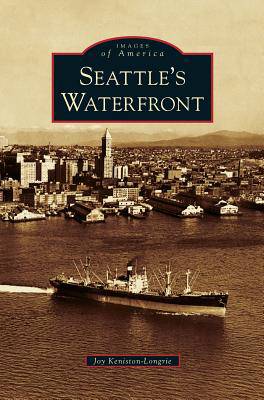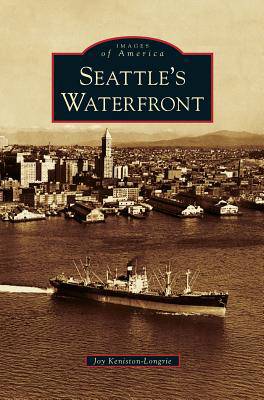
- Afhalen na 1 uur in een winkel met voorraad
- Gratis thuislevering in België vanaf € 30
- Ruim aanbod met 7 miljoen producten
- Afhalen na 1 uur in een winkel met voorraad
- Gratis thuislevering in België vanaf € 30
- Ruim aanbod met 7 miljoen producten
Zoeken
Omschrijving
Seattle's waterfront has served as a central hub for people, transportation, and commerce since time immemorial. A low natural shoreline provided the Duwamish-Suquamish people with excellent canoe access to permanent villages and seasonal fishing camps. High bluffs served as a sacred place for tribal members' final journey to the spirit world. When the first settlers arrived in the 1850s, Seattle's shoreline began to change drastically. Emerald hills covered with dense forests were logged for timber to make way for the new city. As time passed, Seattle constructed a log seawall, wooden sidewalks, wharfs, buildings, streets, railroad trestles, and eventually, a massive concrete viaduct over the original aquatic lands, changing the natural environment to a built environment. Today, Seattle's shoreline continues to change as the city demolishes the viaduct, rebuilds the seawall, and creates an inviting new waterfront that all will enjoy for generations to come.
Specificaties
Betrokkenen
- Auteur(s):
- Uitgeverij:
Inhoud
- Aantal bladzijden:
- 130
- Taal:
- Engels
Eigenschappen
- Productcode (EAN):
- 9781531675301
- Verschijningsdatum:
- 1/12/2014
- Uitvoering:
- Hardcover
- Formaat:
- Genaaid
- Afmetingen:
- 170 mm x 244 mm
- Gewicht:
- 412 g

Alleen bij Standaard Boekhandel
+ 88 punten op je klantenkaart van Standaard Boekhandel
Beoordelingen
We publiceren alleen reviews die voldoen aan de voorwaarden voor reviews. Bekijk onze voorwaarden voor reviews.











